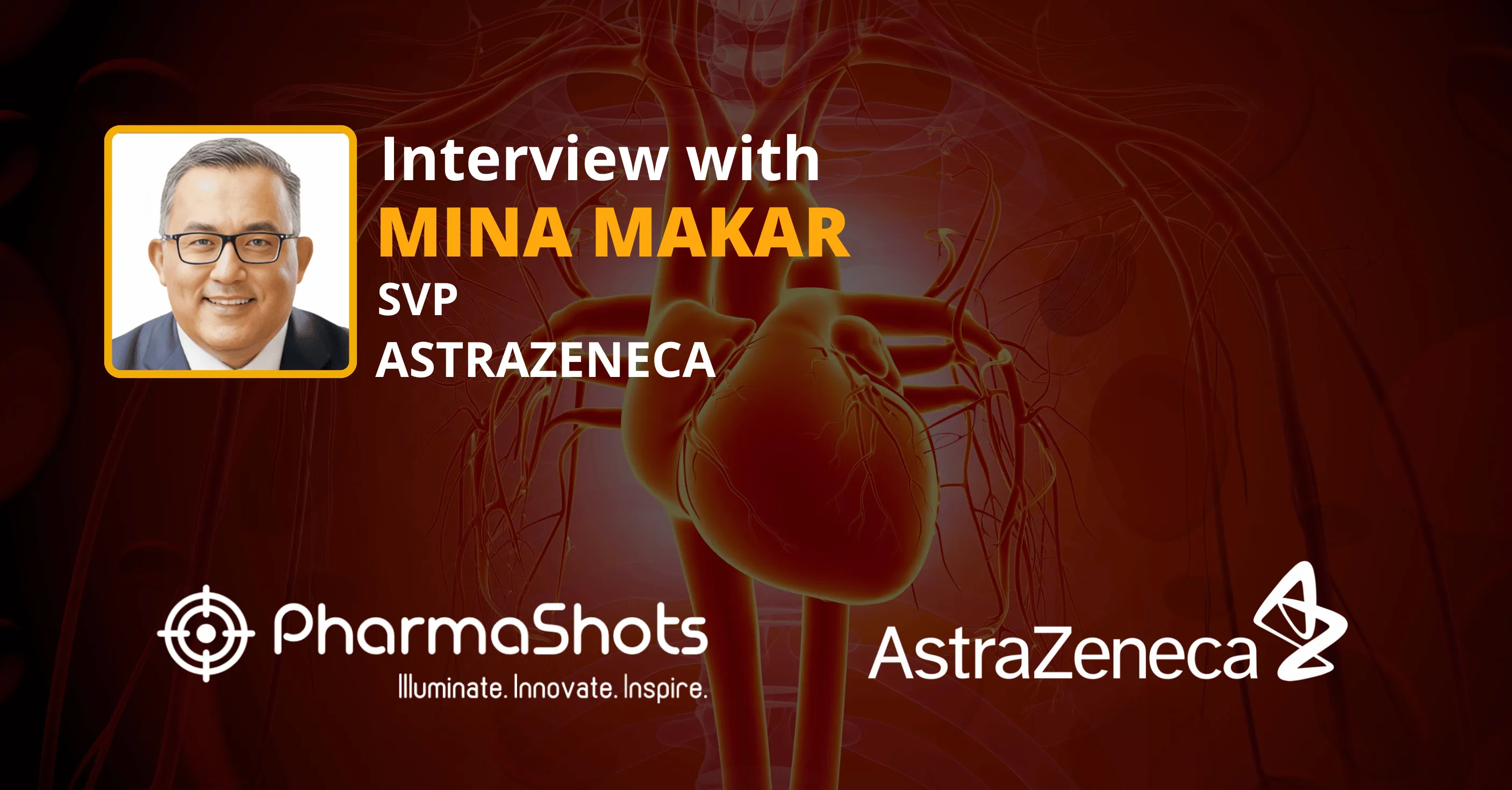
Dr. Jeff Cleland, CEO & President at Ashvattha Therapeutics Shares his Views From First Patient Enrolled for the Treatment of AMD and DME
Shots:
- Jeff spoke about the first patient enrolled in a P-II study of D-4517.2 for the treatment of wet AMD and DME
- Jeff also talked about Ashvatta’s Hydroxyl Dendrimer Platform and how this technology is beneficial to treat AMD and DME
- The interview gives a profound understanding of how Ashvattha is developing hydroxyl dendrimer therapeutics to target unmet medical needs in ophthalmology, neurology, inflammation, and neuro-oncology
Smriti: Please give our readers the details of D-4517.2, its MOA, ROA, formulations, etc.
Jeff Cleland: D-4517.2 is a hydroxyl dendrimer therapeutic (HDT) that targets inflammation in the back of the eye and works to restore VEGF to normal levels. The HDT is only taken into cells with active inflammation and demonstrating signs of disease. Currently, the drug is given subcutaneously and will eventually be administered with an autoinjector device, comparable to insulin pens to treat diabetes. We are also looking into an oral formulation for future therapeutic use. Overall, an HDT based at-home therapy greatly reduces patient burden as current medications for wet age-related macular degeneration (AMD) and diabetic macular edema (DME) require an intravitreal (IVT) injection (direct needle in eye), which is performed by a retinal ophthalmologist.
Smriti: Shed some light on the study design of the P-II clinical trial evaluating D-4517.2
Jeff Cleland: The Phase 2 clinical trial of D-4517.2 is comprised of two stages. The first stage of the Phase 2 study will evaluate the safety of a single subcutaneous dose (SC) of D-4517.2 in approximately 30 patients with wet AMD or with DME randomized between three dosage cohorts (0.25 mg/kg, 0.50 mg/kg, an optional high dose). Patients will first undergo treatment with an IVT injection of aflibercept, then be given an SC dose of D-4517.2 up to 8 weeks later after the effects of aflibercept are no longer present. Patients will be monitored for adverse events for up to 12 weeks following the SC administration of D-4517.2. Stage 1 of the study will also compare the reduction of subretinal fluid after a single IVT injection of aflibercept and a single SC dose of D-4517.2. Best-corrected visual acuity (BCVA) in the study eye will also be measured for each patient during the 12-week treatment period. Monitoring of the fellow eye will also be conducted.
The second stage of the study will measure the relative efficacy of different dose regimens of SC administered D-4517.2 compared to IVT aflibercept as measured by the mean change from baseline in BCVA in the study eye after 9 months of treatment in wet AMD patients. The second stage is a double-masked sham and placebo-controlled non-inferiority study.
Smriti: Give us a comparative view of the therapeutic effects of D-4517.2 vs aflibercept for the treatment of wet AMD or DME
Jeff Cleland: The blood-retinal barrier is a difficult biological barrier to cross. Current therapies for wet AMD and DME must be given through an injection into the eye in order to reach the diseased cells. Not only is this uncomfortable and unsettling for the patient, but the injection must also be performed by a specialist, a retinal ophthalmologist. The number of people estimated to develop wet AMD and DME is projected to outpace the number of physicians that can treat the condition.
D-4517.2 allows for systemic administration meaning there is no need for injection into the eye and the treatment can be given at home via subcutaneous injection. HDTs are only taken up by diseased cells including those behind difficult-to-cross biological barriers, like the blood-retinal barrier. D-4517.2 reaches the back of the eye to help treat inflammation associated with wet AMD and DME alleviating a significant patient burden to treatment.
Smriti: How has your Hydroxyl Dendrimer Platform added to the benefit of producing therapeutic options for the treatment of AMD or DME?
Jeff Cleland: Our HD platform enables the treatment of wet AMD or DME without the need for injections into the eye. The selectivity and specificity of HDTs ensure that our drug is being taken up only in regions of inflammation in the diseased cell, beyond the blood-retinal barrier. This enables patients to be able to give a subcutaneous injection, at home in the leg, without the need for appointments with a specialist. Overall, our platform could provide a less burdensome treatment option for those living with wet AMD or DME.
Smriti: What other products developed from the company’s Hydroxyl Dendrimer Platform are now being evaluated for use in treating other indications?
Jeff Cleland: We have a robust pipeline in indications of neurology, inflammatory diseases, and neuro-oncology. HDTs behave like water in the body and are only taken up by activated microglia and macrophages in regions of inflammation, even in hard-to-reach regions of disease like in the brain or in the retina. HDs can be conjugated into one or multiple drugs to provide a wide range of therapies in a single administration of a systemic dose. The HD platform enables the quick and efficient development of novel therapeutics, producing greater than 10 proof-of-concept lead molecules in a year. Among those, we are working on a novel HD imaging agent, OP-801, that can cross the blood-brain barrier identifying regions of disease and aiding in patient selection for further treatment with HDTs. We are planning to begin Phase 1 clinical trials in healthy individuals and those suffering from ALS this year.
In addition, due to the ability of HDTs to cross selective biological barriers, we are working on therapies to reduce neuroinflammation. We plan to progress OP-101 into Phase 2 clinical trials this year. The published Phase 2a results with OP-101 demonstrate significant anti-inflammatory responses including a reduction in biomarkers of neuroinflammation.
Lastly, we are working to develop an HDT that benefits the neuro-oncology space. With this, we plan to use HDTs for patient selection as well as HDT-based therapy to treat those living with brain cancers. We are working with our partner to advance this program.
Source: Forbes
About the Author:

Jeffrey L. Cleland is the Chairman, President, and CEO at Ashvattha Therapeutics. Dr. Cleland has 30 years of industry experience in research and development. His experience in startups includes major roles in obtaining more than $450 million in the capital at stages from Series A through D and exit via IPO including over $300 million in capital raised as CEO. He held important leadership roles in the successful approval of two drugs, Herceptin and Nutropin Depot. He holds a BS in Chemical Engineering from the University of California, Davis, and a Ph.D. in Chemical Engineering from the Massachusetts Institute of Technology. Dr. Cleland has authored more than 100 articles and four books and holds several issued patents. He serves on the Boards of BIO, Exicure, and Zylem and has advisory roles with small emerging biotechnology companies.
Related Post: Brian Quigley, CEO at Qnovia Shares his Views on Raising Series A Funding
Tags

Senior Editor at PharmaShots. She is curious and very passionate about recent updates and developments in the life sciences industry. She covers Biopharma, MedTech, and Digital health segments along with different reports at PharmaShots.














